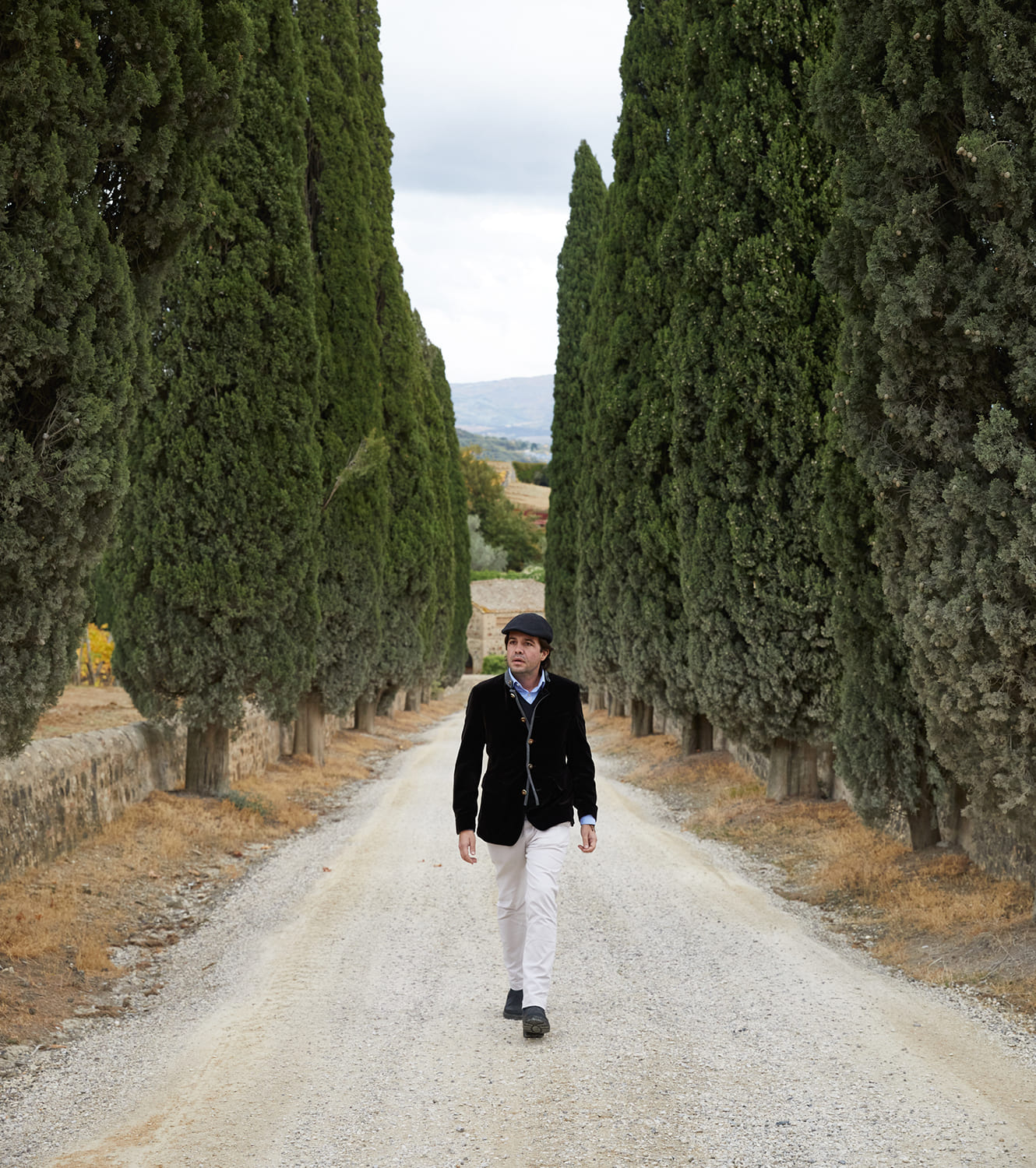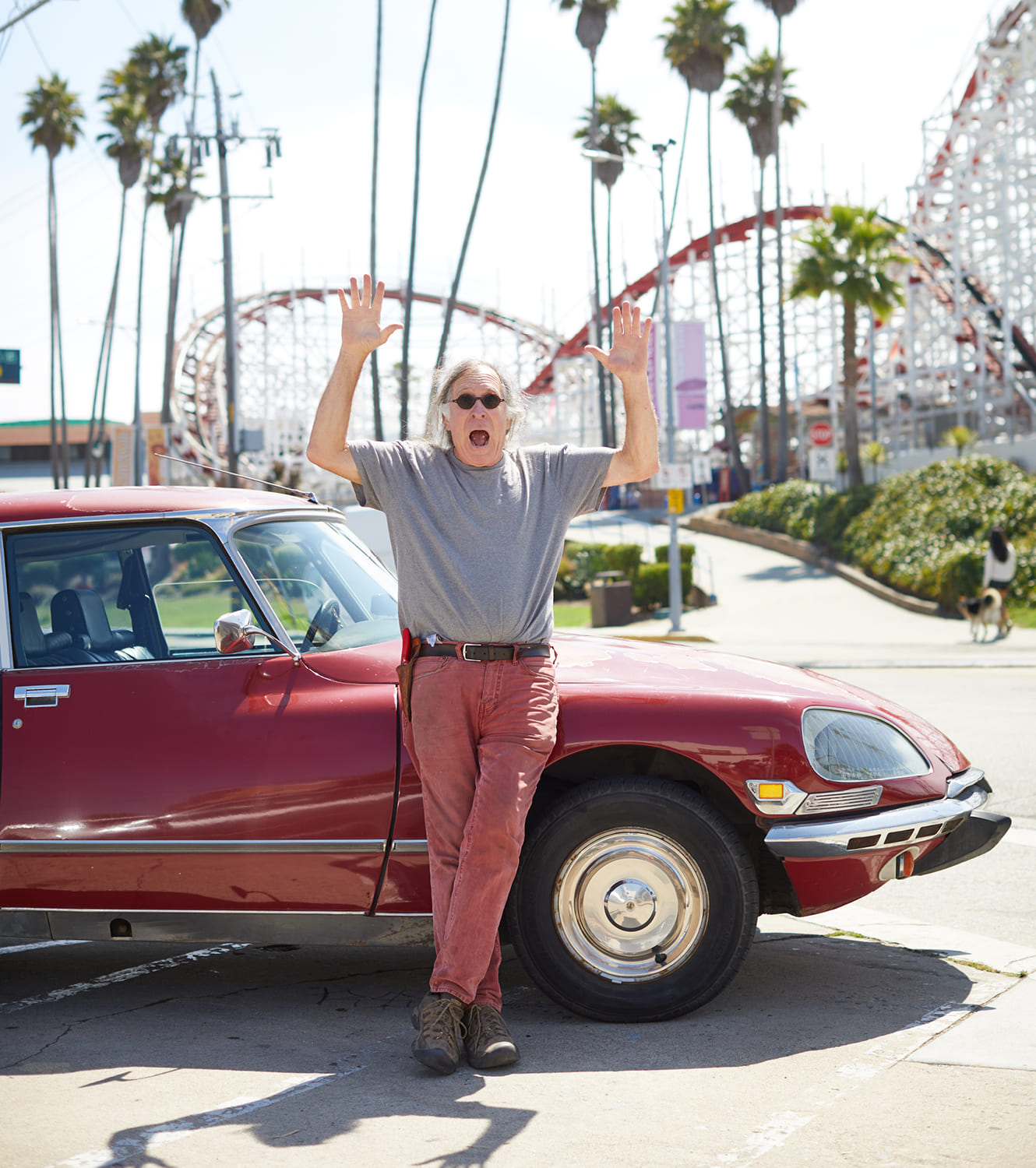
In conversation with Barbara Widmer of Brancaia
Committed in her convictions about quality wine from healthy vineyards, the Brancaia owner and winemaker in Tuscany tackles big environmental challenges one technique and one vine at a time
Barbara Widmer crafts some of Tuscany’s boldest and most elegant wines. As owner and winemaker at Brancaia, she wholeheartedly embraces various ecological practices, seeing organic viticulture as a way to help preserve the harmony of nature, as well as create more expressive wines that speak of the place.
Brancaia is spread across three estates in Tuscany: two in Chianti Classico, in the subzones of Castellina and Radda, and a third along the Tuscan coast in the Maremma. The winery was founded in 1981 by Barbara’s parents, the Swiss couple Bruno and Brigitte, who in 1998 entrusted their daughter with its operation.
With Maze Row featuring the latest flagship 2019 Il Blu vintage in the summer pre-sales, we caught up with Barbara to learn more about the wine and the winery.
What are your impressions of the 2019 Il Blu?
On the nose you get blueberry, prune, some ripe fruit, herbs and tobacco, even dark chocolate. You will find very similar flavors in the mouth. As a winemaker and wine lover, I like finding the same, or even more concentrated flavors that are on the nose, in the mouth. With Il Blu there is a lot of mature tannins, and beautiful acidity for a round and smooth wine. The 2019 already shows its great potential, but will, of course, with some bottle aging show its entire beauty.
What can you tell us about the 2019 vintage?
It was a great year for all of Tuscany. In 2019, all the steps in nature that are necessary for making great wines, came together perfectly.
Wine, after all, happens first in the vineyard, and here the success is down to Mother Nature. As winemakers, many of the steps – the growing, the blooming, climate, a sudden frost – are not in our hands. All our work in the vineyards is focusing on the best possible quality. Of course, Mother Nature plays an important role.
The flowering was perfect in 2019, there was no late frost, and the summer was beautiful with some rain before the August heat, all of which resulted in fantastic grapes. In 2019, nature allowed us to make outstanding wines, from our Tre to Il Blu.
That must have been a relief, although I sense that you also like a little challenge.
Sometimes not having an easy year can be exciting; we have to work harder for the best possible results. As a winemaker you can prove your knowledge more with a challenging vintage than with an easy one. If you couldn’t make an outstanding wine in 2019, then you should probably give up winemaking.
I’m also sensing that one of the pulls for making wine for you is this serendipitous side of it, this dance with nature.
Absolutely, this is one of the many things I love about making wine. Experience helps, but there is always so much to learn, new challenges to face, and decisions to be made.
Can you speak to why Il Blu is the ultimate expression of Brancaia and the winery’s philosophy?
Il Blu is important to us for many reasons. Let me start with its unique label. Thirty years ago, few in the wine world were convinced this could be a wine label. Slowly but surely people started to see the beauty and the simplicity of its design. It still looks modern, which makes it timeless, and there is no bigger compliment than timeless!
The wine and its composition have changed since the first Il Blu, released in 1988. How do you see it evolving further?
Even though Il Blu represents where Brancaia likes to be, the wine has changed a lot in the last 30 years. Back then we wanted to show the best side of the Chianti Classico region which is without doubt Sangiovese focused wines. So we set out to do the best with this grape.
In the first years we made the wine using 80 percent Sangiovese and the rest Merlot, so as to give it more roundness, complexity and depth. Then slowly we added more Merlot, and in 1998 introduced some Cabernet Sauvignon. For a long while Il Blu was a blend of 60 percent Sangiovese, 35 percent Merlot and the rest Cabernet Sauvignon.
Our Merlot has improved so much: the average age of the vines in our Chianti Classico vineyards is 30 years old which means the fruit is more concentrated. This is also true of our Sangiovese vines.
Therefore, the new rules, the quality of grapes in our vineyards, and changes within myself as a winemaker, have led me to push Il Blu more on the Merlot side. So much so that the wine is now made with 80 percent Merlot, 10 percent Sangiovese and 10 percent Cabernet Sauvignon – almost the opposite to what we did 30 years ago. Meanwhile, we were able to use the Sangiovese grapes to improve the quality of our Chianti Classico Riserva and add Gran Selezione to our portfolio.
How have these changes reflected on today’s Il Blu?
I believe Il Blu has become even more elegant and profound with time. But as a style of wine, it remains the same, representing the most elegant and complex wine in our portfolio.
What does the Merlot bring to the wine?
We grow Merlot in Castellina and in Radda. The Castellina soil is more profound so the grapes are very round and can over ripen. But in Radda, the higher altitude, cooler air, more rain and stony soil allow the grapes to gain beautiful blueberry flavors, to be more elegant, more classic, have higher acidity, be more powerful and retain a certain freshness.
“Nature allowed us to make outstanding wines, from our Tre to Il Blu.”
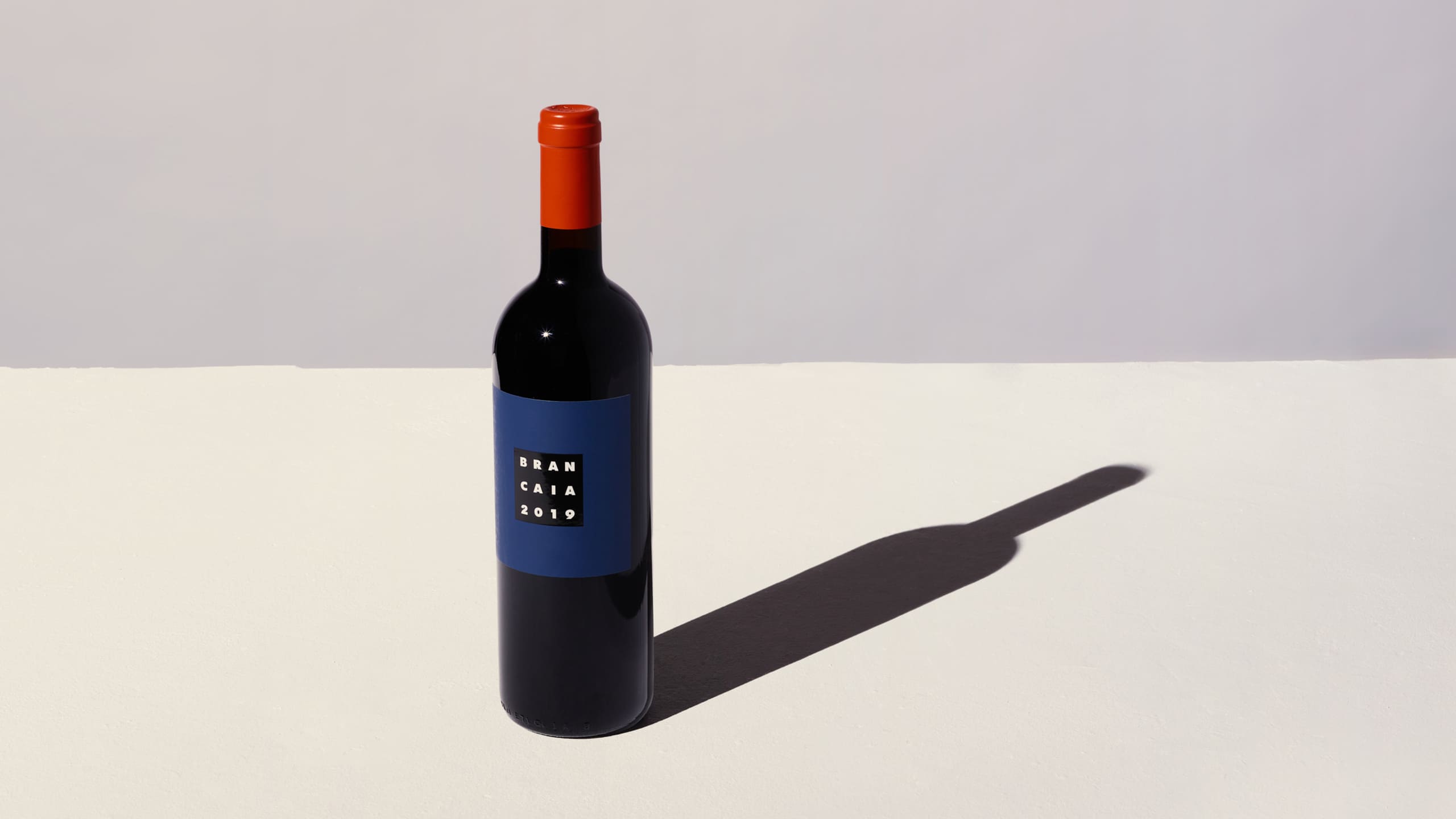
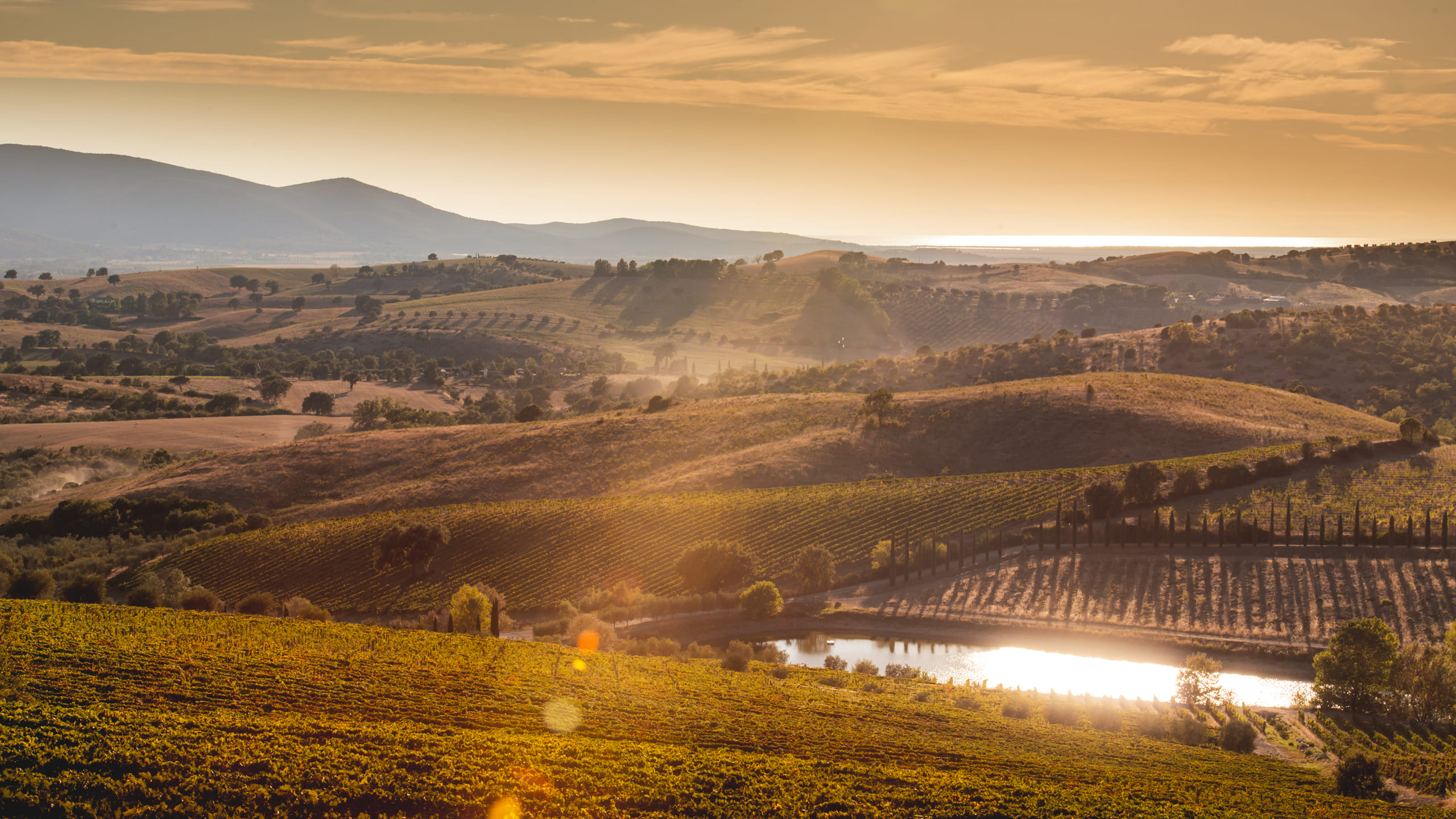

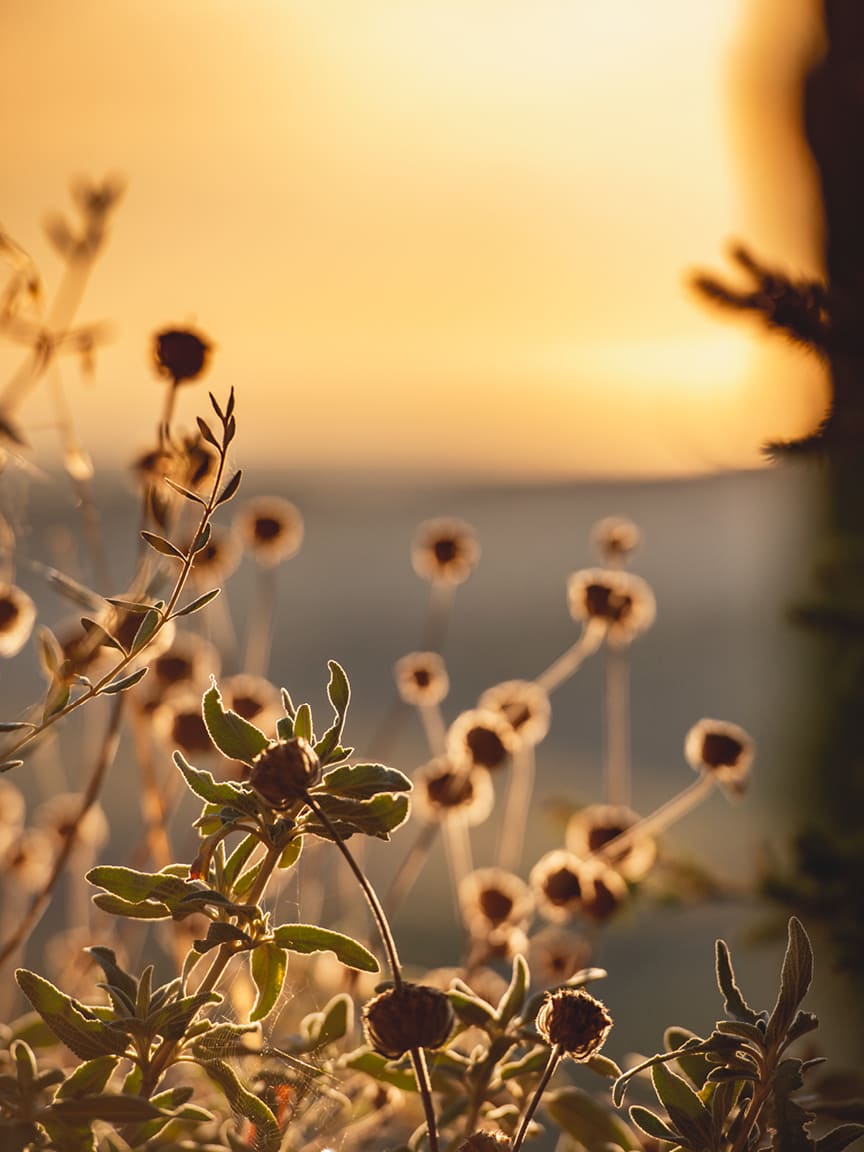
You adopted organic farming methods very early in your career as a winemaker. What benefits do you see from ecological practices in the vineyard?
We see a lot of benefits not only in the grape quality, but also the vines are healthier, the soil is healthier since there is no monoculture, while the grasses and wildflowers attract insects, wildlife and birds who eat the insects. We see the vine is connecting with the soil and can resist extreme weather conditions much better, while the older plants can more easily adapt and resist change. It’s about the harmony of nature.
You mentioned your older vines are now 30 and that, since 2017, you have been working with the Massal Selection method, replanting new vineyards with cuttings from your exceptional old vines from the same plot. Can you explain the process?
We select the best vines from each of our vineyards, examine them in the laboratory to see if they are as healthy as they look, then do a micro fermentation to find out if they taste as good. We do this process over five years. We then reproduce our own vines based on the selected best for all our new plantings. The method makes sense, as these older vines have adapted to the specific plot and their microclimates, are therefore more resilient, and we believe this method of replanting creates stronger vines.
The other thing you are extremely keen on is dry farming – cultivation without irrigation. Can you talk through the benefits?
Dry farming is extremely important to me. I may have to change my ways one day, but so far in Tuscany this is possible – that is if you plant the right grape variety in the right spot. There are obvious ecological benefits since you don’t waste water. But even if I would care less about nature, I truly believe the quality of the grape is more interesting and links better to the terroir. Dry farming intensifies the flavors of the grape varieties but also the flavors of the vineyard, the spot. With irrigation you may give up some of the typicity of the spot.
How so?
When you irrigate, everything matures a bit faster, so you have to pick the fruit a few days earlier as they ripen quicker. Without irrigation the grapes get to stay on the vine a little longer, gaining more flavor and structure. More importantly, with irrigation the vine roots stay at the top of the soil; they don’t need to dig deep down and therefore won’t be so linked to the soil.
I truly believe the focus of a winery should not only be on making outstanding wines – there are good wines all over the world these days – but in creating unique wines expressing the character of the terroir. And the one thing I can do is to link Brancaia wines to our vineyards, connect them to the soil. No one else can produce the same wines. They are unique to this place.
Can you explain your approach to winemaking in the cellar?
We don’t stop dreaming until we pick the grape – after then we stop dreaming. You can’t do too much in the vineyards but you can in the cellar. In the cellar you have to accept what the grape is, understand and follow it the best you can, but not do too much. It’s a fine balance.
The most challenging part of being a winemaker is to be committed to what you want to do, but at the same time have an open mind.
This sounds like the most creative and artistic side of what you do…
Yes absolutely. In the cellar we want to maintain the typicity with each plot. So, we pick each plot separately, with every vineyard undergoing natural or spontaneous fermentation separately. This means we don’t add any bought yeast. Instead, we create yeast naturally from the vineyard, a practice we’ve worked on since 2008.
The composition of the flora is quite different in a cooler and rainier vintage than dryer ones, so they adapt to nature and will therefore adapt better than a bought yeast when in the cellar. We also feel this method further adds to the typicity of our vintages.
We want to make outstanding wine with a maximum link to where we are. I do think winemaking at the higher level is more philosophy than science. Nothing we do can be reproduced. Each vintage is unique.
Learn more about Brancaia and the wines.
PHOTOGRAPHY BY Roberto Fortunato, Rob Lawson
We recommend
RATTI’s hero
His father Renato put Barolo on the map. Now Pietro Ratti is transforming the revered wine for new generations. Nargess Banks meets the vintner at his Piedmont vineyard
ARGIANO’S POSITIVE TWIST
Listening intently to the land, fastidious soil mapping and a scholarly approach to viticulture, has earned the oldest Montalcino winery’s Brunello, red wine of the year. Nargess Banks visits the Tuscan estate to learn more
FOOD TRUCKS AND WORLD CUISINE CAN LEAD TO DIVERSE WINE PAIRINGS
From London to Lisbon, New York to LA, food trucks have altered the culinary landscape. Katie Kelly Bell asks sommeliers how best to pair world street food with wine
NEW RADICAL: INTERVIEW WITH RANDALL GRAHM
The pioneering vintner’s passionate belief in vin de terroir has guided his journey to craft wines of distinction and a clear expression of California’s Central Coast through The Language of Yes.


